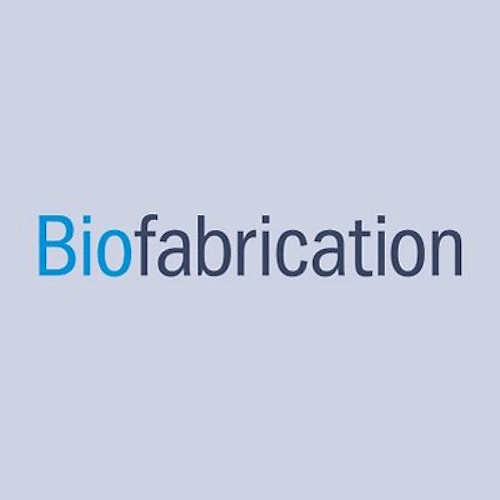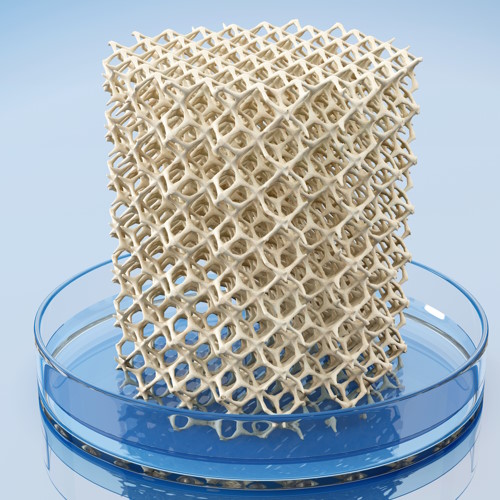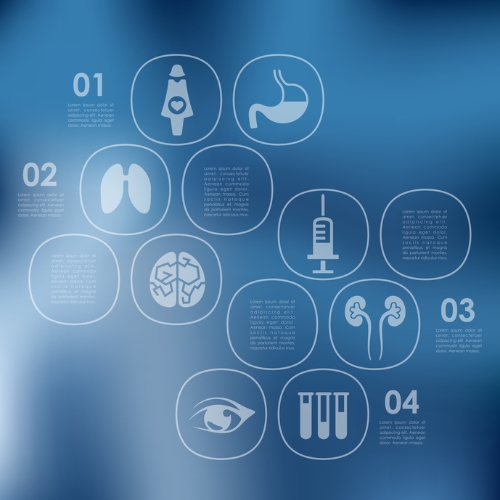Key points from article :
Researchers have developed a handheld bioprinter that can print biocompatible structures directly in the body, overcoming limitations of previous designs such as the inability to print multiple materials and control the properties of printed tissues.
This innovation is expected to have numerous applications in regenerative medicine, drug development and testing, and the creation of custom orthotics and prosthetics.
Regenerative medicine, which can replace, repair, or regenerate damaged tissues and organs, has improved patient care significantly. "In situ" bioprinting, a major advancement in this field, has potential in repairing and regenerating defective tissues and organs.
Current in situ bioprinting technologies have limitations such as compatibility with specific types of bioink only or ability to create small tissue patches only. Additionally, their complex designs can make them unaffordable and limit their applications.
The handheld bioprinter developed by the research team has a modular design and allows for the printing of complex structures. It has multiple bioink cartridges, independently controlled, providing operators significant control over the printing mixture.
The device can be used for the repair of large defects caused by trauma, surgery, or cancer, and in the long term, could eliminate the need for organ donors while lowering risks associated with transplantation.
It also has potential in drug delivery, allowing for the construction of scaffolds or structures that release precise quantities of drugs and cells within the body, improving drug efficiency, safety, and reducing side effects.
Another application is the development of custom prosthetics and orthopedic implants, allowing physicians to better match a patient's tissue anatomy due to the bioprinter's portable nature.
Research by University of Victoria published in Biofabrication.






